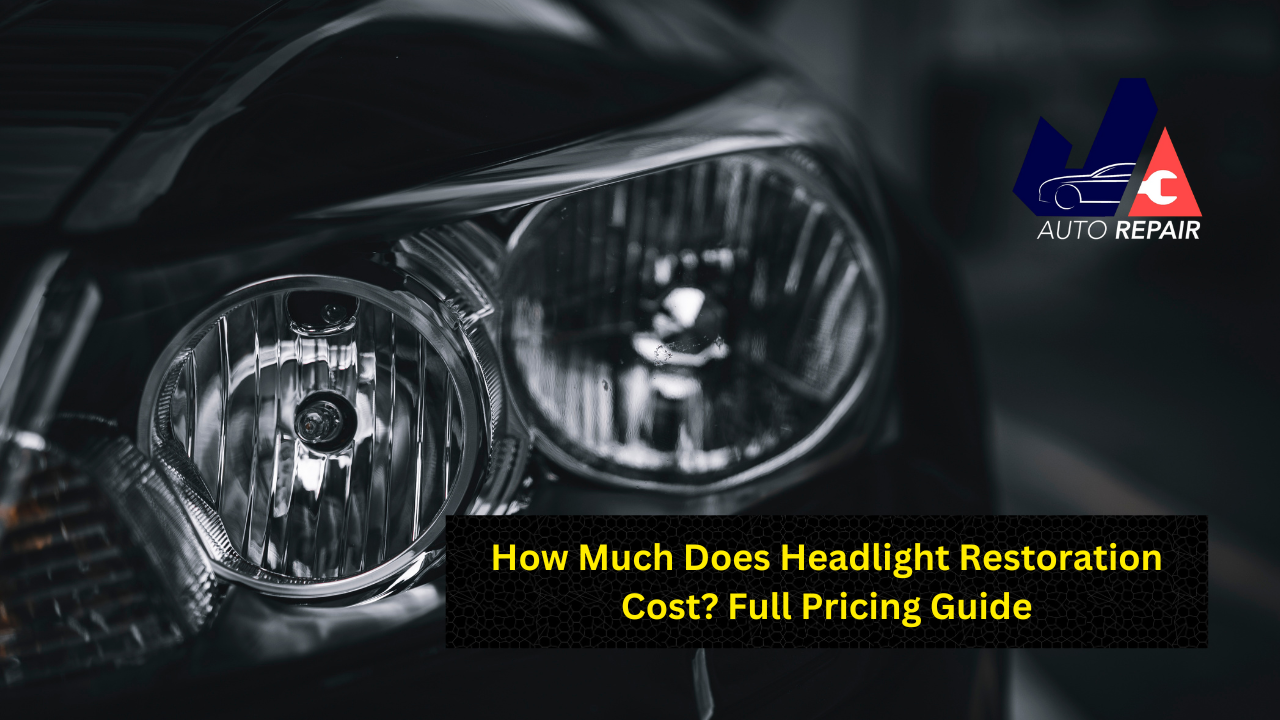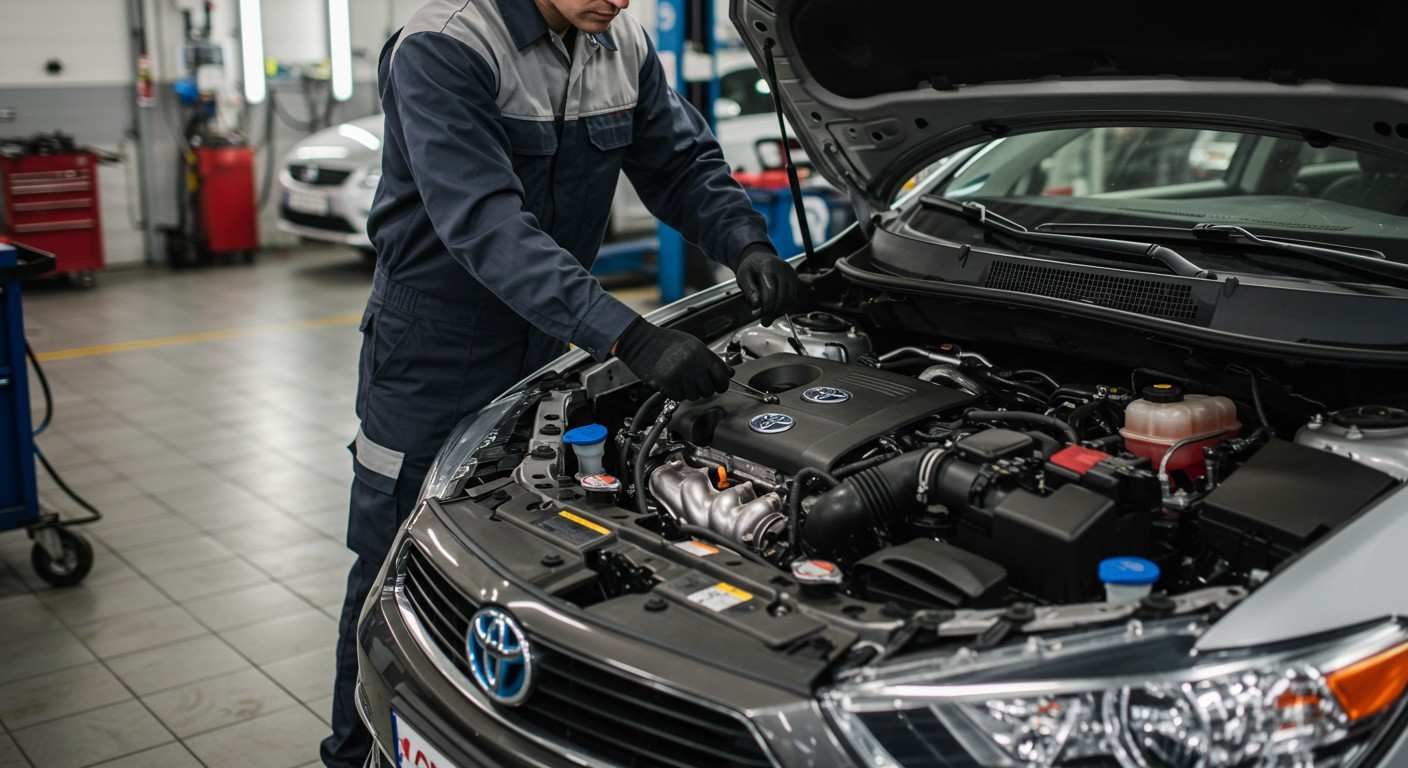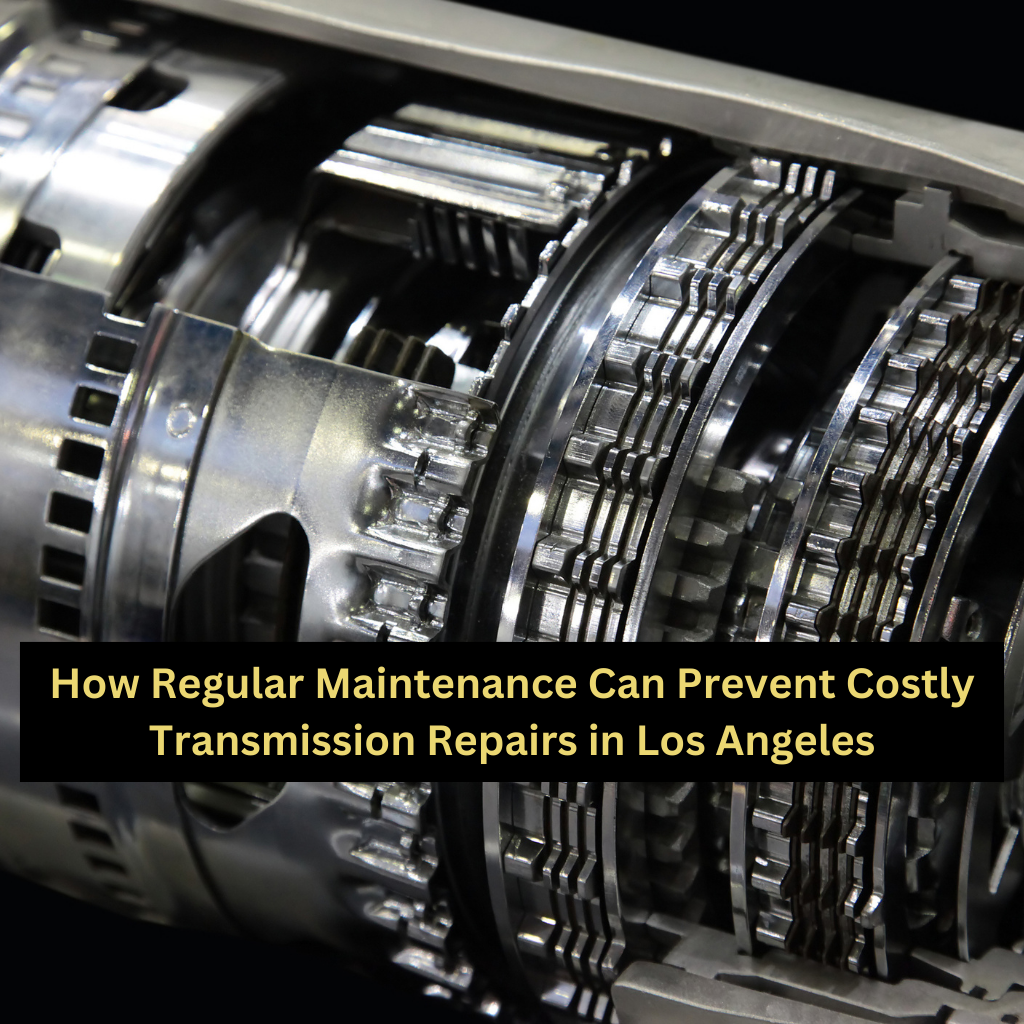Battery Terminal Replacement Cost
Disclaimer: The prices shared in this blog are approximate estimates and may vary based on vehicle type, parts, and service requirements. For an accurate quote tailored to your car, please call us directly at 323 792 1777 or visit our Contact Us page.
Car trouble often shows up at the worst time, and failing battery terminals are a perfect example. A weak connection can leave you stranded, even if the battery itself is still good.
Knowing the real
Battery Terminal Replacement Cost helps you prepare, avoid surprises, and make the smartest repair decision.
The average Battery Terminal Replacement Cost ranges from $50 to $200. Terminals themselves cost about $5 to $20, while labor typically adds $50 to $150. The final price depends on your vehicle type, parts quality, and service choice.
Battery Terminal Replacement Cost - A Quick Guide
The cost to replace battery terminals is usually affordable compared to other car repairs. On average, you can expect to pay between $50 and $200, depending on your car model and where you get the service.
Terminals alone cost little, but the main expense comes from labor, especially if the battery is harder to access.
Premium options like brass or gold-plated terminals cost more upfront but save money in the long run by lasting longer.
Choosing professional installation ensures safety, while a DIY replacement can cut costs if you feel confident working on your vehicle.
Expert Battery Terminal Replacement in Los Angeles at JC's Auto Repair
If you are in Los Angeles and dealing with battery problems, trust JC's Auto Repair to get you back on the road quickly.
Our skilled technicians use quality parts, ensuring your car’s electrical system works the way it should.
We know how frustrating it feels to deal with unexpected car trouble, which is why we focus on fast, reliable, and affordable service.
Customers across Los Angeles count on us for honest advice and long-term solutions. When it comes to battery terminal replacement, our team combines experience with care, giving you peace of mind every time you drive.
Don’t wait for a small issue to leave you stranded. Call us today at 323 792 1777 or visit our Contact Us page to schedule your service.
Signs Your Battery Terminals Need Replacement
Battery terminals rarely fail overnight. They show visible and functional signs that help you catch problems before they leave you stranded. Recognizing these signs saves both time and money.
Here are the most common indicators:
- Difficulty Starting the Car: If the engine cranks slowly or struggles to start, damaged or corroded terminals may be restricting the current flow.
- Visible Corrosion: A powdery or crusty substance around the terminals signals corrosion. It interrupts power and worsens over time.
- Frequent Electrical Issues: Flickering lights, weak power windows, or malfunctioning electronics may point to poor connectivity at the terminals.
- Loose or Worn Connectors: Terminals that no longer grip tightly cause intermittent contact, making the vehicle unreliable.
- Burnt or Melted Appearance: Heat from electrical resistance can discolor or deform terminals, showing they are beyond safe use.
- Battery Warning Light: If this dashboard light comes on without other battery issues, faulty terminals may be the culprit.
Causes of Corrosion on Battery Terminals
Corrosion is one of the main reasons car owners consider battery terminal replacement. While common, it’s avoidable if you understand the causes.
Here are the leading contributors:
- Electrolyte Leakage: Acid vapors from the battery react with the terminals, forming corrosive buildup.
- Overcharging: Excess heat accelerates chemical reactions, leading to quicker corrosion.
- Poor Ventilation: Lack of airflow under the hood traps gases, creating a corrosive environment.
- Age of Battery: Older batteries naturally leak more gas and acid.
- Poor Quality Terminals: Inferior metal alloys corrode faster than high-quality replacements.
Is It Better to Repair or Replace the Battery Terminals
Repairing battery terminals may sound like a cost-effective solution, but it often provides only temporary relief.
Cleaning corrosion or tightening loose connectors works for minor issues, but once terminals weaken or deform, replacement becomes the smarter choice.
Replacing ensures proper conductivity, safety, and long-term reliability. In most cases, battery terminal replacement is affordable and delivers lasting value compared to repeated short-term fixes.
Factors Affecting the Cost of Battery Terminal Replacement
The battery terminal replacement cost varies depending on several factors. Knowing these factors helps you budget realistically and choose wisely.
1. Type of Vehicle
The cost of replacement depends heavily on the kind of car you drive. Standard sedans usually require simple terminals that are inexpensive and easy to find. In contrast, luxury cars, hybrids, and heavy-duty trucks often need specialized or high-capacity terminals. These parts are pricier due to design complexity and performance standards.
2. Quality of Terminals
Not all terminals are built the same. Entry-level terminals made from lower-grade metals may save you money upfront, but corrode faster, leading to more frequent replacements. Premium terminals, such as brass or gold-plated, resist corrosion and ensure better conductivity. Choosing quality means higher cost but longer-lasting performance.
3. Labor Charges
Mechanic fees can significantly influence the final replacement cost. Shops in major cities tend to charge more because of higher overhead and demand. Skilled technicians may also charge a premium for their expertise. While rural or smaller towns usually offer lower rates, service quality can vary.
4. DIY vs. Professional Service
Replacing terminals yourself is budget-friendly, covering only the cost of parts. It’s ideal for those comfortable working with basic tools and car batteries. Hiring a professional, though, ensures the job is done safely and accurately. You also benefit from warranties and expert checks.
5. Battery Accessibility
Some vehicles place the battery in easily accessible spots, making replacement quick and inexpensive. Others, especially modern models with compact engine bays, may hide the battery under seats or panels. These designs increase labor time. As a result, the cost rises when mechanics spend extra effort reaching the terminals.
6. Additional Repairs
While replacing terminals, mechanics often discover related issues. Corroded cables, damaged wiring, or melted connectors may also need fixing. These hidden problems add to the bill but prevent bigger failures later. Addressing them during terminal replacement saves future hassle.
7. Warranty and Service Packages
Many repair shops and dealerships offer service packages that include a warranty on parts and labor. While this can slightly raise upfront costs, it provides valuable peace of mind. Knowing you’re covered against future faults or repeat issues is worth the investment. Complimentary check-ups may also be included.
Should You Hire Professionals or Replace Battery Terminals Yourself?
DIY replacement is possible with basic tools and confidence, especially for those who already perform simple car maintenance. It saves money and builds skill. However, professional services provide accuracy, safety, and often warranties. If corrosion spreads into wiring or if your car uses specialized systems, expert replacement is the better choice. For most drivers, weighing time, safety, and cost helps determine the best route.
Wrapping Up
A weak battery terminal may look like a small issue, but ignoring it often leads to bigger and more expensive problems.
By understanding the Battery Terminal Replacement Cost, the signs of wear, and the factors that raise or lower the price, you protect your car from sudden breakdowns.
Whether you handle the job yourself or trust a professional, replacing faulty terminals is a simple investment in peace of mind, reliable starts, and smoother performance on the road.











